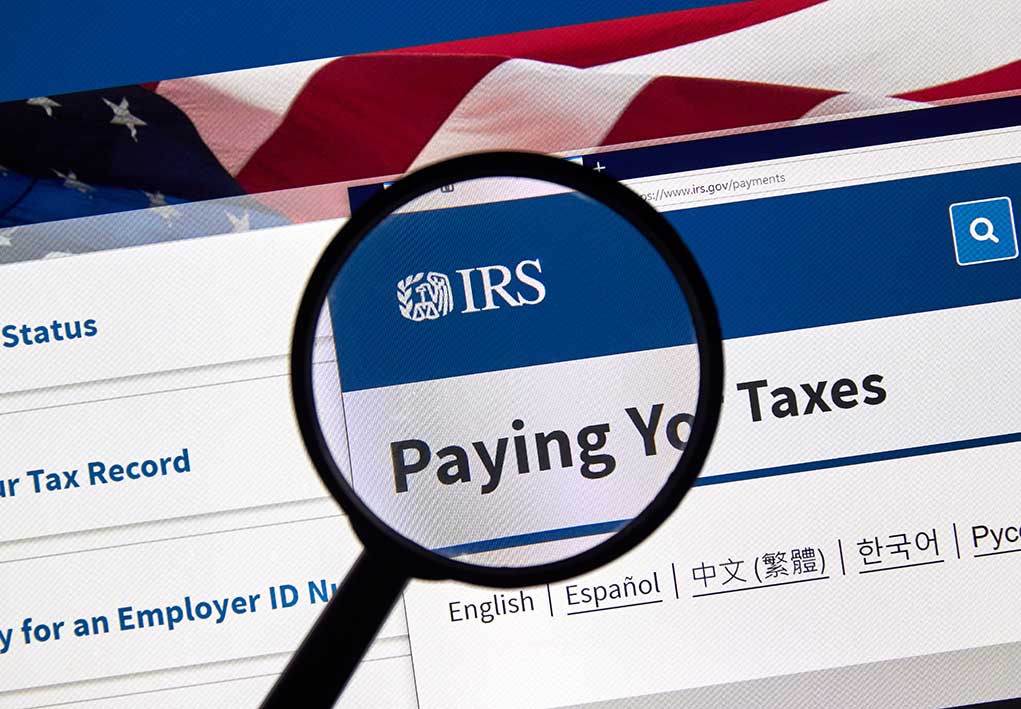
The IRS is aggressively targeting self-employed Americans and investors with a looming June 16 deadline that could result in penalties if missed.
Key Takeaways
- Second quarter estimated tax payments for 2025 are due June 16, primarily affecting self-employed individuals, investors, and those with rental income
- Failing to meet this deadline can result in underpayment penalties from the IRS
- Taxpayers must pay most of their expected tax during the year as income is received, through either withholding or quarterly payments
- Electronic payment options are recommended and include IRS Online Account, Direct Pay, and Electronic Federal Tax Payment System (EFTPS)
- To avoid penalties, taxpayers should ensure they owe less than $1,000 at tax time or have paid at least 90% of their 2025 tax or 100% of their 2024 tax
IRS Targets Self-Employed and Investors with June Deadline
As President Trump continues to push for tax simplification, the IRS has issued a reminder that second quarter estimated tax payments for 2025 are due on June 16. This deadline primarily impacts self-employed individuals, investors, retirees, and those earning income from sources not subject to withholding. The notice comes as part of the agency’s continued enforcement of its “pay-as-you-go” tax system, which requires Americans to pay taxes throughout the year rather than in a lump sum during tax season, adding another administrative burden to hardworking entrepreneurs and investors.
“Estimated tax payments for the second quarter of 2025 are due on Monday, June 16, with taxpayers who fail to pay on time facing underpayment penalties, the Internal Revenue Service (IRS) said in a June 6 statement,” according to (IRS), the Internal Revenue Service.
Who Must Pay Estimated Taxes?
The requirement applies to individuals who expect to owe $1,000 or more in taxes when they file their return and to corporations anticipating a tax liability of $500 or more. This affects a wide range of taxpayers, including small business owners, gig workers, freelancers, and those with significant investment income. Starting in 2023, the IRS began requiring payment processors to report transactions exceeding $600, meaning more Americans with side hustles or online businesses are now in the agency’s crosshairs for these quarterly payments.
The burden of calculating and submitting these payments falls entirely on the taxpayer, creating yet another layer of complexity in an already byzantine tax system. For many self-employed Americans struggling with inflation and economic uncertainty under the current administration, these quarterly payments represent not just a financial obligation but also a significant administrative burden that takes time away from running their businesses and generating income. The conservative approach to taxes has always emphasized simplification and reducing bureaucratic overhead.
How to Avoid IRS Penalties
To avoid facing penalties from the IRS, taxpayers must ensure they’ve paid enough throughout the year. This means either owing less than $1,000 when filing their tax return or having paid at least 90% of their current year tax obligation or 100% of their previous year’s tax (110% for higher-income taxpayers). These complex rules create another trap for hardworking Americans trying to comply with an increasingly complicated tax code, especially as inflation continues to squeeze small business owners and investors.
“Washington — The Internal Revenue Service today reminded taxpayers of the 2023 second quarter estimated tax deadline,” according to the IRS, {Internal Revenue Service.)
The IRS recommends electronic payment methods, including the IRS Online Account, IRS Direct Pay, or the Electronic Federal Tax Payment System. For corporations, electronic funds transfer is mandatory for federal tax deposits. While the agency promotes these digital options, they still grudgingly accept paper checks—a small concession to those who prefer traditional methods or distrust electronic systems, particularly after recent government data breaches.
Looking Ahead: More Deadlines to Watch
The tax burden doesn’t end with the June payment. Taxpayers subject to estimated taxes must also prepare for third quarter payments due September 15 and final quarterly payments for 2025 due January 16, 2026. This perpetual cycle of tax deadlines creates an ongoing compliance burden for small business “owners and investors,” who must constantly monitor their income and tax obligations throughout the year instead of focusing on growing their businesses and creating jobs for American workers.
As President Trump continues to work toward a simpler, fairer tax system, these quarterly payment requirements highlight the need for comprehensive tax reform that reduces complexity and administrative burdens on the most productive members of our society. Until such reforms are implemented, self-employed individuals and investors must remain vigilant about these deadlines to avoid unnecessary penalties from an increasingly aggressive IRS.











